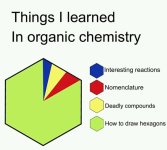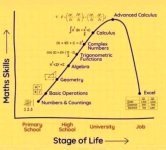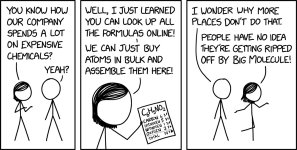Strixaluco
Owned little owl
- Joined
- Mar 7, 2022
- Posts
- 17,891
So quaternions and octonions are basically vectors. Can't really visualise that, but the mathematics involved should be familiar for any university level engineer - and there are plenty of us.https://pocket-image-cache.com/direct?resize=w2000&url=https%3A%2F%2Fd2r55xnwy6nx47.cloudfront.net%2Fuploads%2F2018%2F07%2FOctonians_rev-july-22-2018.jpg
To understand and use octonion algebra you need a special brain, which I don't have, but I understand their purpose and aim. The linked article explains it very well and how Cohl Furey ( great name ) sees it as a solution to the loose ends in the Standard Model and why the latest upgrade at Cerne is unlikely to find new particles
Had never heard the term quaternion before, but 3 physical dimensions + time already makes for a vector with 4 parts.




